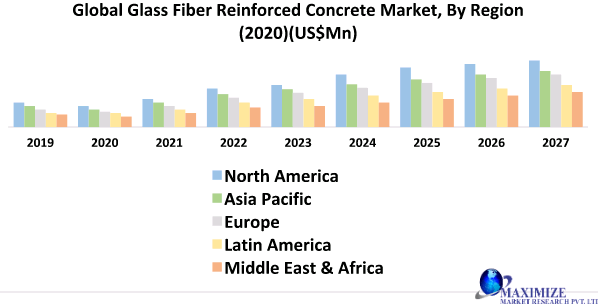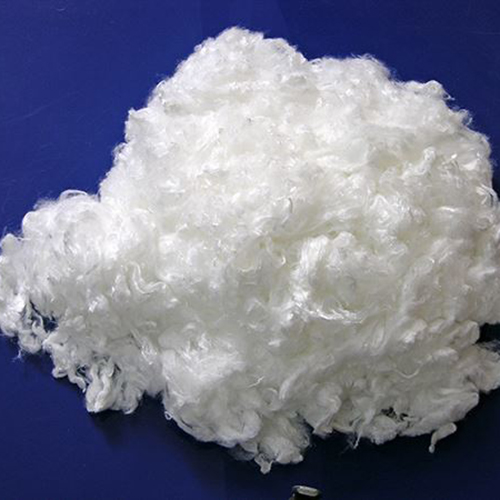Synthetic fibers, as the name suggests, are man-made fibers that are designed specifically for use in construction. These fibers are typically made from materials such as polypropylene or nylon and come in a variety of shapes and sizes, depending on the specific needs of the project. Compared to traditional reinforcement methods such as steel, synthetic fibers offer several key benefits that make them an attractive option for builders and engineers.

First and foremost, synthetic fibers are incredibly strong and durable. They are resistant to damage from chemicals, UV rays, and other environmental factors, which means they can withstand the rigors of the construction process without weakening or degrading over time. Additionally, synthetic fibers are lightweight, making them easier to handle and transport than traditional reinforcement materials like steel. This makes them a popular choice for projects where weight is a concern, such as building roofs or bridges.
Another advantage of synthetic fibers for concrete is their ability to improve the long-term serviceability of structures. Because they are designed to be chemically resistant and to resist damage from environmental factors, synthetic fibers can help prevent the formation of cracks and other defects in concrete over time. This can help ensure that structures remain stable and structurally sound for years to come, even in harsh environments or in situations where heavy loads are present.
Of course, like any construction material, synthetic fibers do have their limitations. They are not appropriate for every project, and their effectiveness depends on a variety of factors, including the specific application, the type of fibers used, and the methods used to mix and install the concrete. Additionally, builders and engineers must take care to properly engineer their projects to ensure that the synthetic fibers are used in a way that maximizes their benefits and minimizes any potential drawbacks.
Overall, synthetic fibers for concrete offer a powerful combination of strength, durability, and long-term serviceability that makes them an attractive option for many construction projects. Whether you're building a new structure or repairing an existing one, synthetic fibers can help ensure that your concrete is as strong and durable as possible, standing up to the test of time and weathering. So if you're considering using FRC in your next project, be sure to explore the many benefits of synthetic fibers and consider how they can be used to optimize the performance and longevity of your structures.








